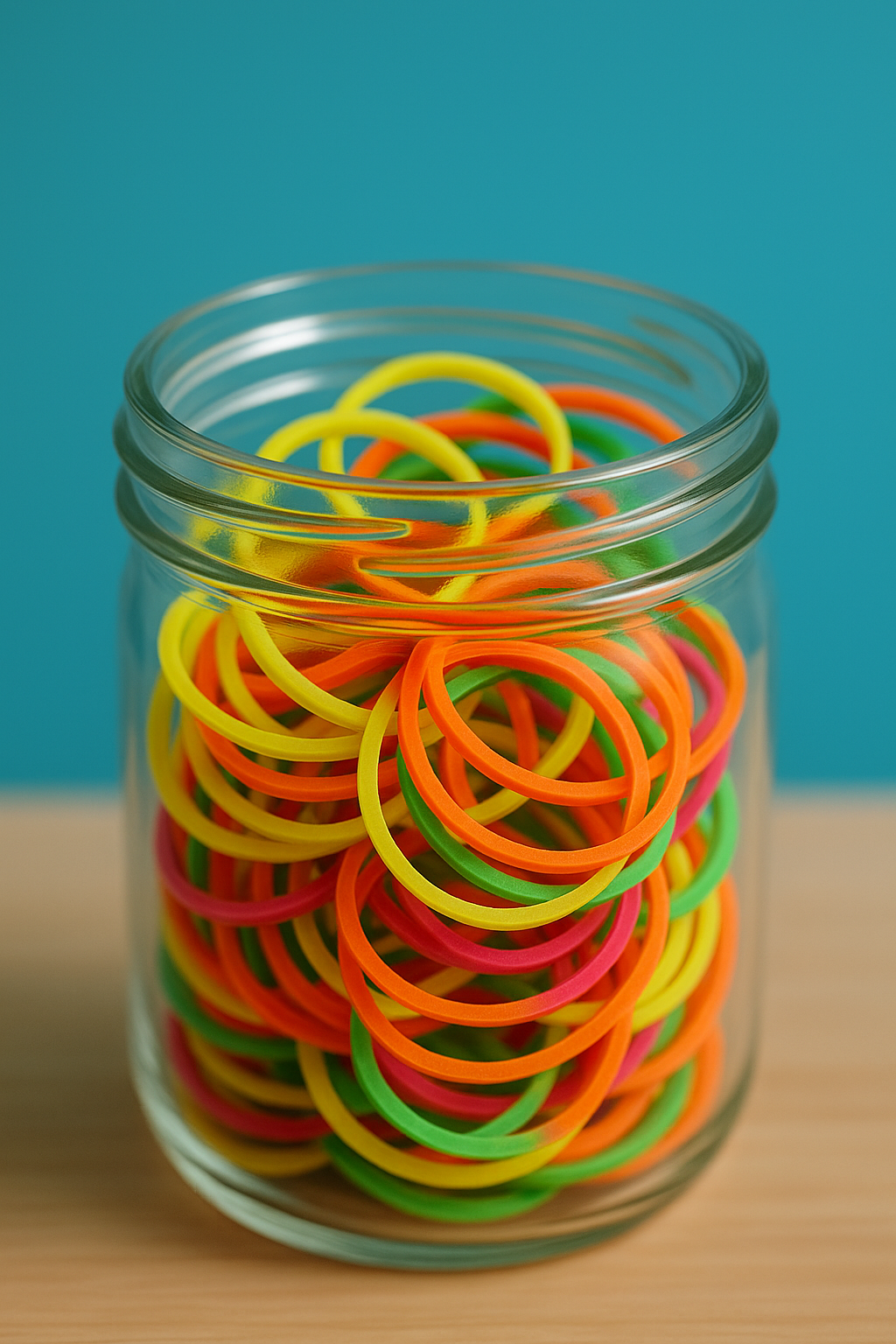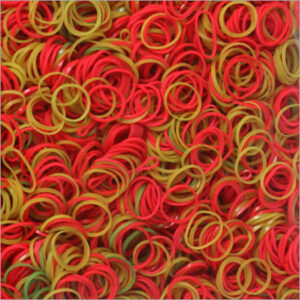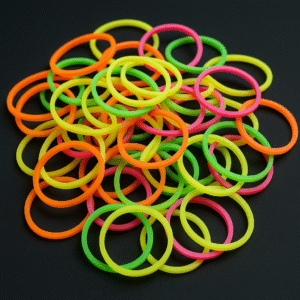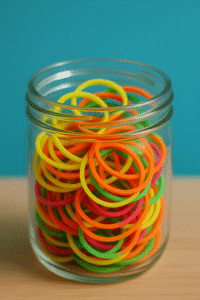The Best Temperature for Storing Rubber Bands: A Guide to Longevity
To achieve the maximum possible lifespan from your rubber bands, it is essential to understand that they are a product that is sensitive to its environment. Like many polymer-based materials, the longevity and performance of a rubber band are directly influenced by a number of environmental factors, and the most impactful of all of these is temperature. The storage temperature of your rubber bands is not a minor detail; it is one of the most critical elements of proper product care. Storing your bands in the correct temperature range can be the difference between them lasting for a few months versus many, many years.
This guide will explore the science behind how temperature affects rubber and will provide you with a clear and definitive answer on the best temperature range for storing your rubber bands to ensure they remain strong, stretchy, and reliable for as long as possible.
The Science: Why Temperature Matters So Much
To understand the importance of storage temperature, we need to look at the two primary ways in which temperature can negatively impact a rubber band.
The Effect of High Temperatures: The Great Accelerator
Heat is the single greatest catalyst for the chemical degradation of rubber.
- Accelerated Oxidation: The primary aging process for a rubber band is oxidation, which is a slow attack on the rubber’s polymer chains by the oxygen in the air. This process makes the rubber brittle and weak. Heat acts like a fast-forward button for this process. As a general rule of thumb in chemistry, the rate of many chemical reactions can double for every 10°C (18°F) increase in temperature.
– The Result: A box of rubber bands stored in a hot environment (like a sunny warehouse, a car’s glove compartment, or an attic in the summer) will undergo years’ worth of chemical aging in just a few short months. The heat provides the energy that the oxygen molecules need to break down the polymer chains much more rapidly, leading to a product that is brittle, sticky, and unusable. This is the most common cause of premature product failure.
The Effect of Low Temperatures: The Onset of Brittleness
Extreme cold can also be detrimental to a rubber band’s performance, though its effects are often temporary.
- The “Glass Transition Temperature”: Every polymer has a property known as its “glass transition temperature” (Tg). This is not a freezing point, but a temperature at which the material’s properties change from being soft, flexible, and “rubbery” to being hard, rigid, and “glassy.”
– The Result: When a rubber band is cooled below its Tg, its polymer chains become locked in place and can no longer move freely. This causes the band to become very stiff and brittle. If you try to stretch a rubber band that is in this glassy state, it will not be able to uncoil its polymer chains and will likely snap with very little effort. For natural rubber, this temperature is very low (around -70°C or -94°F), so it is not a concern for most normal environments. However, for some synthetic rubbers, the Tg can be higher, and they can become brittle in a standard freezer.
The Ideal Storage Temperature: The “Goldilocks Zone”
Given the science, it is clear that the best storage environment is one that is cool and, just as importantly, stable.
The Optimal Temperature Range:
The ideal storage temperature for rubber bands is in the range of 50°F to 70°F (or approximately 10°C to 21°C).
This is, essentially, a cool room temperature. This range is the “Goldilocks Zone” for rubber bands. It is cool enough to dramatically slow down the chemical reactions of oxidation, but it is not so cold as to risk making the material stiff or brittle. A stable temperature within this range is the single most effective thing you can do to ensure the maximum possible longevity for your product.
Where to Find This Temperature:
- A climate-controlled office supply closet.
- A cool, dry basement.
- A drawer in a central, temperature-stable part of a home or office.
- A professional, climate-controlled warehouse.
The Holy Trinity of Product Care
While temperature is the most critical factor, it is important to remember that it is one part of a three-pronged strategy for perfect product care. To achieve the absolute maximum shelf life, you must combine the correct temperature with protection from the other two environmental factors:
- Keep Them Cool: As we’ve detailed, this slows down the chemical aging process.
- Keep Them Dark: You must also store them in an opaque container to protect them from the damaging effects of UV light.
- Keep Them Airtight: Finally, storing them in a sealed container will minimize their exposure to the oxygen in the air.
A rubber band that is stored in a sealed, dark container in a cool room is in the perfect state of preservation.
Conclusion: A Simple Step for Lasting Value
The impact of environmental factors on the shelf life of a rubber band is profound, and temperature is the most powerful of these. By understanding the damaging effects of heat, you can take the simple but crucial step of storing your rubber bands in the correct temperature range. A cool, stable environment is the key to slowing down the natural aging process and to preserving the strength and elasticity of your bands for many years. This simple act of product care is a powerful way to protect your investment, reduce waste, and ensure that a high-quality RuBands product is always ready to perform at its peak.






